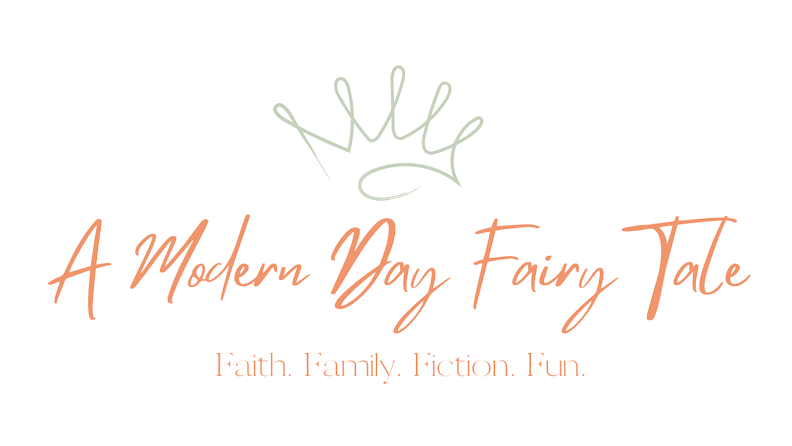If there's one thing that keeps us glued to the pages or screens of our favorite tales, it's the rollercoaster ride of conflict. But hold on tight, because today, we're not just talking about dragons to slay or villains to thwart. No, we're diving deep into the murky waters of internal struggle—the stuff that really makes our characters tick and our narratives sing!
The Battle Within: Understanding Internal Conflict
Picture this: your protagonist, torn between duty and desire, wrestling with their inner demons like a hero in an epic showdown. That's the essence of your character's internal conflict, folks! It's the emotional rollercoaster that adds layers upon layers of complexity to our characters, making them jump off the page and into our hearts.
Catalyst for Change: How Conflict Spurs Growth
Ever heard the saying, "What doesn't kill you makes you stronger"? Well, strap yourselves in, because it's time for our characters to face the ultimate workout in the gym of life! From confronting past traumas to grappling with moral dilemmas, it's these internal battles that sculpt our characters into the legends they're destined to become.
Embarking on the Hero's Journey
Ah, the Hero's Journey—the blueprint for every epic tale ever told. But here's the kicker: it's not just about slaying dragons and seizing treasure. Nope, it's about our heroes embarking on a quest of self-discovery, facing their fears head-on, and emerging victorious, not just with shiny trinkets, but with newfound wisdom and growth.
Peeling Back the Layers: Embracing Vulnerability
Let's get real for a sec: nobody likes a perfect protagonist. Give us flaws, give us imperfections, give us characters who stumble and fall just like we do! It's through vulnerability that our characters become relatable, tugging at our heartstrings and keeping us invested in their journey, come rain or shine.
Choices, Choices: The Power of Decision-Making
Life's a Choose-Your-Own-Adventure book, and our characters hold the pen. Every decision they make, every path they choose—it all shapes their destiny and drives the plot forward. So, buckle up, because it's decision time, baby, and the stakes have never been higher!
Confronting the Shadows: The Battle Within
We've all got a dark side lurking within us, and our characters are no exception. Whether it's battling inner demons or confronting past mistakes, it's the journey to integrate our shadows that makes for some seriously juicy storytelling. Spoiler alert: redemption arcs incoming!
The Sweet Taste of Redemption
Ah, redemption—the ultimate underdog story. From fallen heroes to reformed villains, there's nothing more satisfying than watching a character claw their way back from the brink, redeeming themselves in the eyes of both readers and themselves. Pass the tissues, please!
Conclusion: Where Conflict Meets Character
So, there you have it, folks: the secret sauce to crafting unforgettable characters and unputdownable narratives. It's not just about throwing obstacles in their path; it's about setting their souls on fire with internal conflict, pushing them to their limits, and watching them rise like phoenixes from the ashes. So, here's to the heroes of our stories—the ones who dare to face their demons and emerge victorious, one conflict at a time.
FAQ: Unraveling the Mysteries of Character Growth and Conflict
You've got questions, and we've got answers! Here's a quick rundown of some burning questions you might have about character growth through conflict:
Q: What exactly is internal conflict, and why is it important in storytelling? A: Internal conflict is the battleground of the mind and heart, where characters wrestle with their desires, fears, and insecurities. It's crucial in storytelling because it adds depth and complexity to characters, driving their development and keeping readers engaged.
Q: How does internal conflict contribute to character growth? A: Internal conflict serves as a catalyst for character growth by pushing characters out of their comfort zones and forcing them to confront their inner demons. Through adversity and introspection, characters evolve, becoming stronger and more resilient individuals.
Q: What role does vulnerability play in character development? A: Vulnerability humanizes characters, making them relatable and empathetic to readers. By exposing their flaws and imperfections, characters become more three-dimensional, drawing readers deeper into the narrative and forging emotional connections.
Q: Can you give an example of a redemption arc in literature or film? A: One classic example of a redemption arc is the character of Severus Snape in the "Harry Potter" series by J.K. Rowling. Initially portrayed as a villainous figure, Snape's complex backstory and eventual sacrifices reveal his true motives and lead to redemption in the eyes of both the characters and readers.
Q: How can writers effectively portray internal conflict in their stories? A: Writers can effectively portray internal conflict by delving into their characters' thoughts, emotions, and motivations. Showcasing characters' inner struggles through introspection, dialogue, and actions helps readers understand their internal conflicts and root for their growth and development.



0 Comments:
Post a Comment
"Pleasant words are as a honeycomb: sweet to the soul and health to the bones." Proverbs 16:24